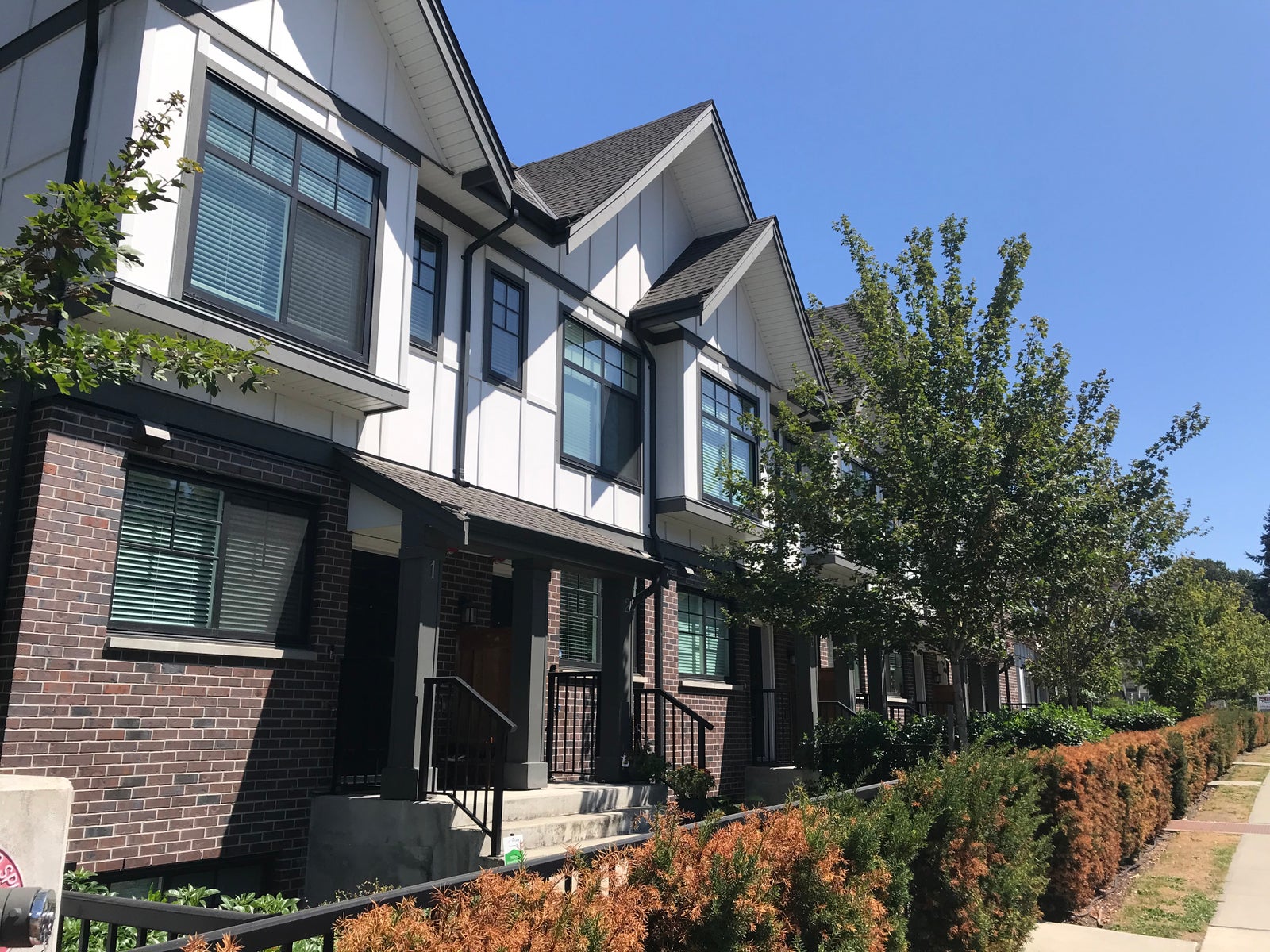
The first indication of real estate market stability is now a fact. The Bank of Canada, as expected, did not raise the overnight interest rate, which the bank had been signalling ever since its eighth consecutive rate increase in January.. With the bank rate remaining at 4.5 per cent, it also means that mortgage rates will remain stable, the first step in convincing buyers and sellers who have been waiting while a pent-up demand likely continued to build. Confidence growing in the real estate market will lead to more listings, and more listings will lead to more sales. Added to that is the coming, and traditionally strong, spring market.
As for prices, they depend on supply and demand. The low supply a year ago, coupled with a pent-up sales demand, pushed prices higher and higher. The interest-rate increases brought them down and you see the difference in year-to-year comparisons each month (see News From Nexus).
The yardstick for a healthy market is the sales-to-active-listings ratio. When that figure drops below 12 per cent for an extended period, it usually means prices will go down. When sales exceed 20 per cent of listings, also for an extended period, it typically means home prices will be rising.
What’s an extended period?
Take the last six months. The ratio was within the margins of 12 and 20 per cent every month until February, when it climbed to 23.0 per cent. In breaking it down by the three home categories, the ratio exceeded 20 per cent five times for apartments, twice for detached homes and stayed between the parameters of stability (12 and 20) every month but January. That was the only time in six months that the ratio was below 12 per cent (10.2) for any category any category.
No interest-rate increase, the spring market and the ratio all point to more stability in real estate.